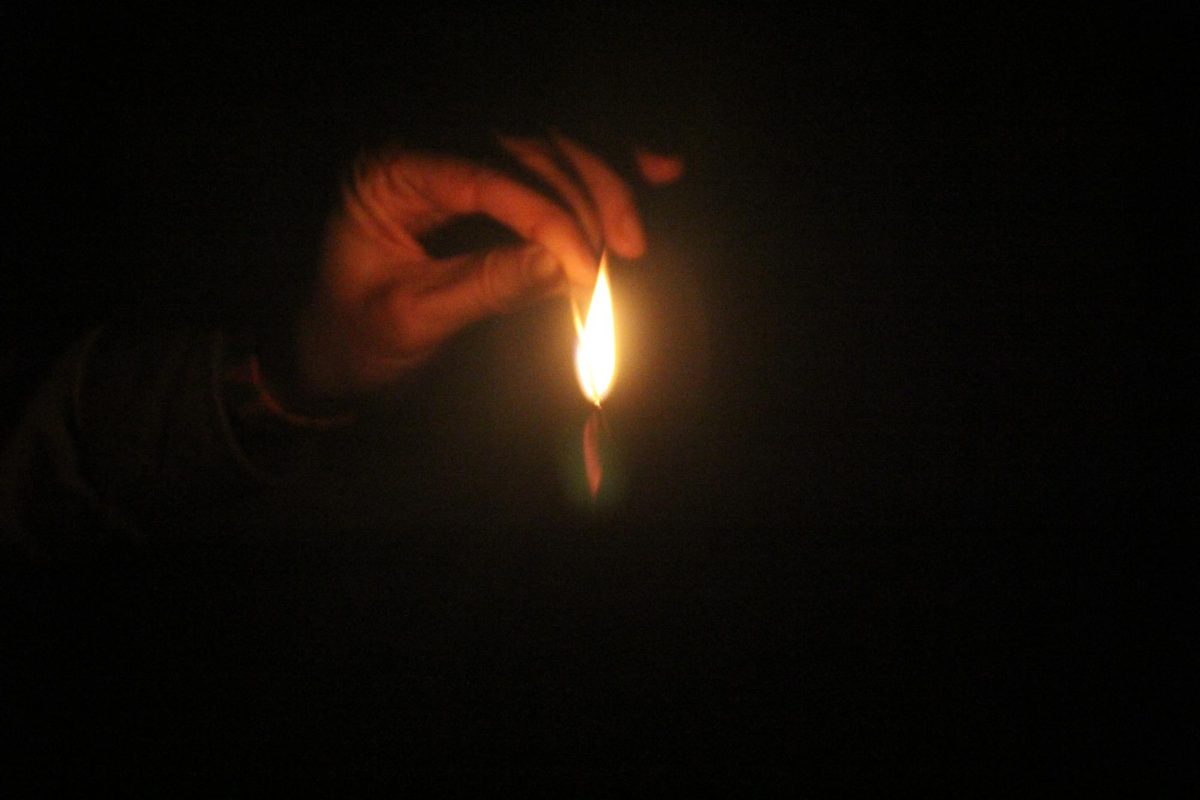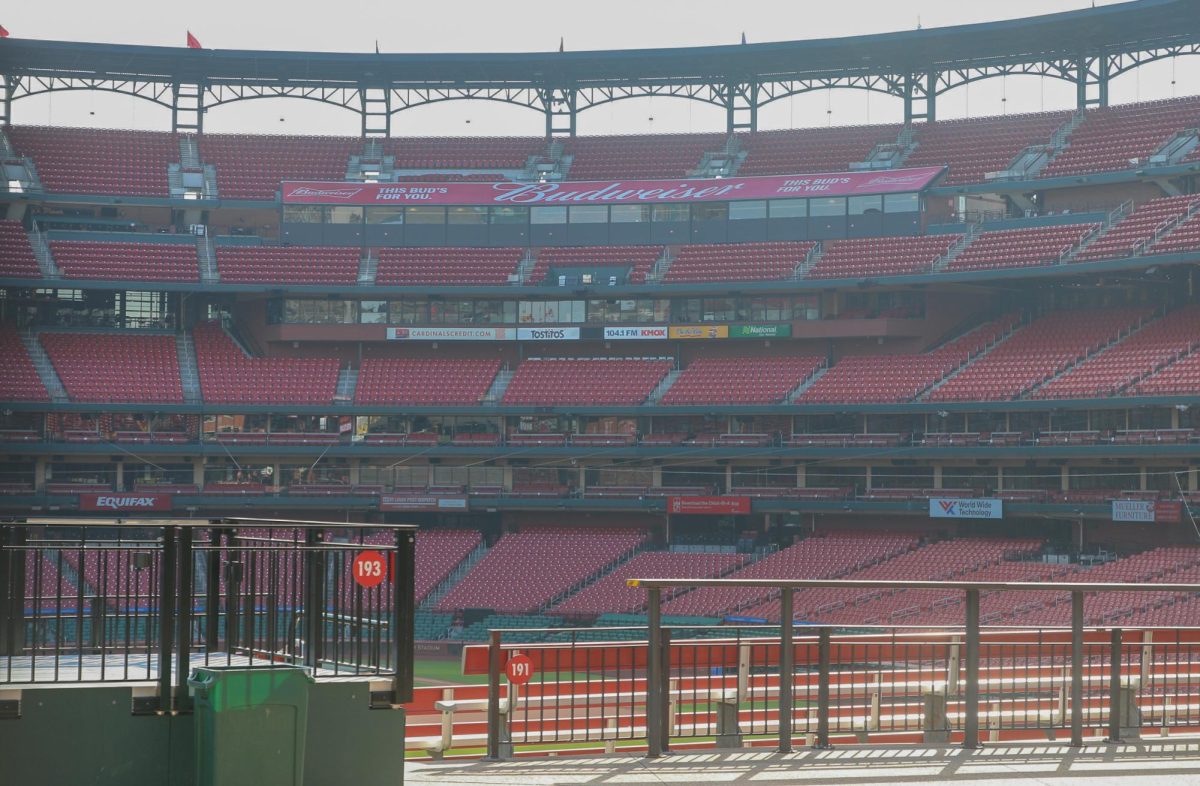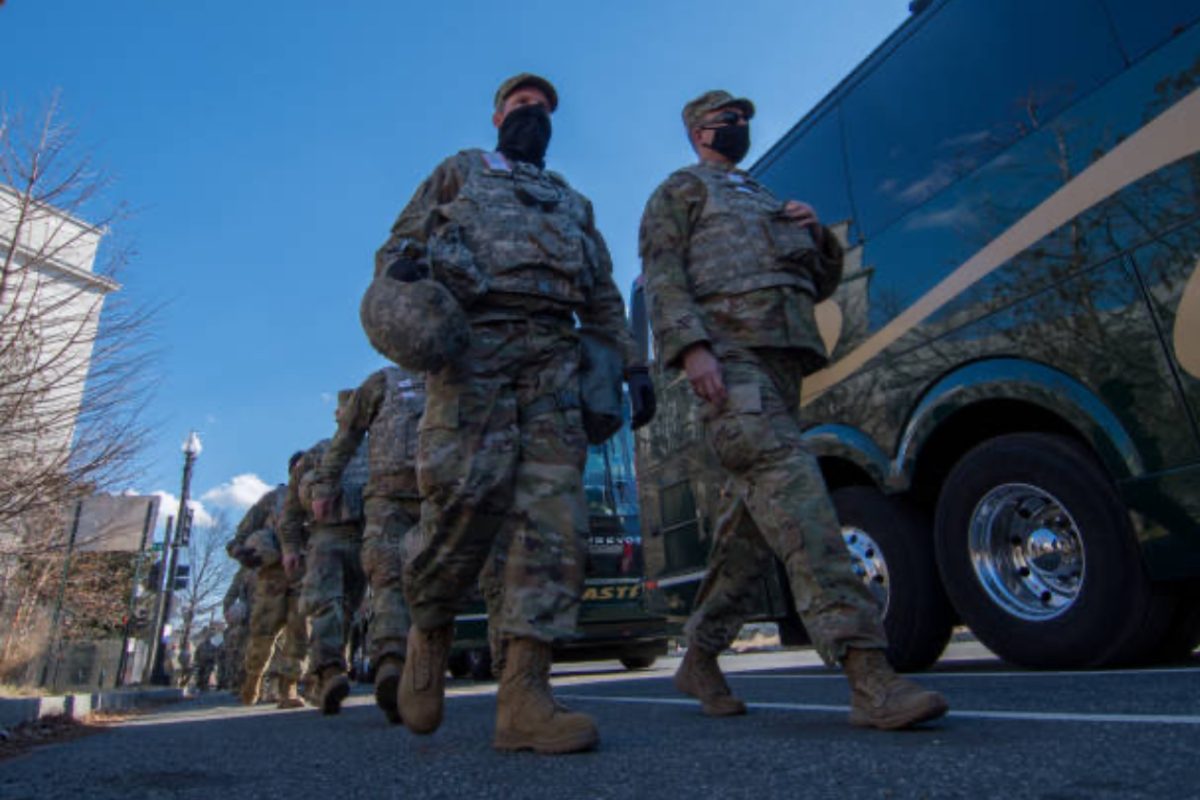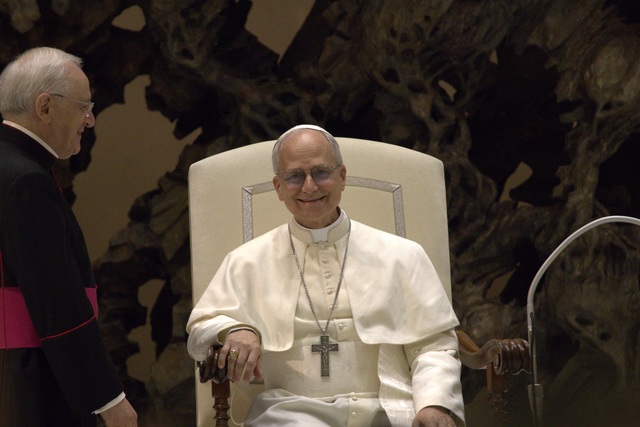In recent days, America has been hit with extreme weather on different ends of the spectrum. While layers upon layers of snow and ice have built up in the Midwest, out West, the opposite is happening. Since early January, the Los Angeles area has been slammed with multiple different wildfires, four major ones to be exact.
The Palisades fire began about a week ago and is currently the biggest fire in the area. Over 23,000 acres of land (including neighborhoods) have been burned, and it’s a little under 14% contained. The Hurst fire blazes around north of San Fernando, beginning on January 7th. Although it is mostly contained, it has still burned over 799 acres of land. The Eaton fire is the second largest, affecting the northern part of LA, it has burned over 14,000 acres of land. It is currently 33% contained. The Auto fire began on January 13th. Although it has been almost completely contained, it has still burned over 56 acres of land.
The biggest question that lingers regarding the fires is, how did they start? While detectives are still investigating probable causes, they have narrowed some answers down. Lightning and arson (the two most common causes for fires of this magnitude), have been ruled out. However, for the cause of the Eaton fire, legal cases have been made against a local electrical company, Southern California Edison Company. This case claims that there is evidence that the blaze (which is the largest), started due to the company’s neglect for the safety of its overhead wiring.
The biggest factor for the fires’ continuous burning is due to climate change and the abundance of wind in the LA area. In recent years, California has suffered droughts, leading to dryness all over the area. Mixed with the strong winds that are also coming in, it creates the perfect conditions for the fires.
Another reason for the severity of the fires is the amount of vegetation that encompasses California. In 2022-23, an abundance of rain sparked a massive growth of vegetation, which 3 years later, has all dried up creating perfect kindling.
One of the big questions that surrounds the fire is whether or not Los Angeles was prepared for the fires. To put it simply, no, they were absolutely not. Before the fires began, many budget cuts were made to the LA fire department. It is not 100% clear what the budget cuts were for, but it has severely impacted the results of the fire. Another issue that arose was that because of one of LA’s major water reservoirs being under construction, water for the hoses ran dry.
In a recent BBC article, Gavin Newsom states that “Losing supplies from fire hydrants likely impaired the effort to protect some homes and evacuation corridors”.
Thousands have been evacuated, homes have been burnt to the ground, and tens of billions of dollars in damage have been caused. Although no clear end in sight for these fires with the worsening conditions, there are ways to help those in need. Donations to organizations such as Convoy for Hope and Red Cross would be incredibly impactful in efforts to help those affected by the fires.









